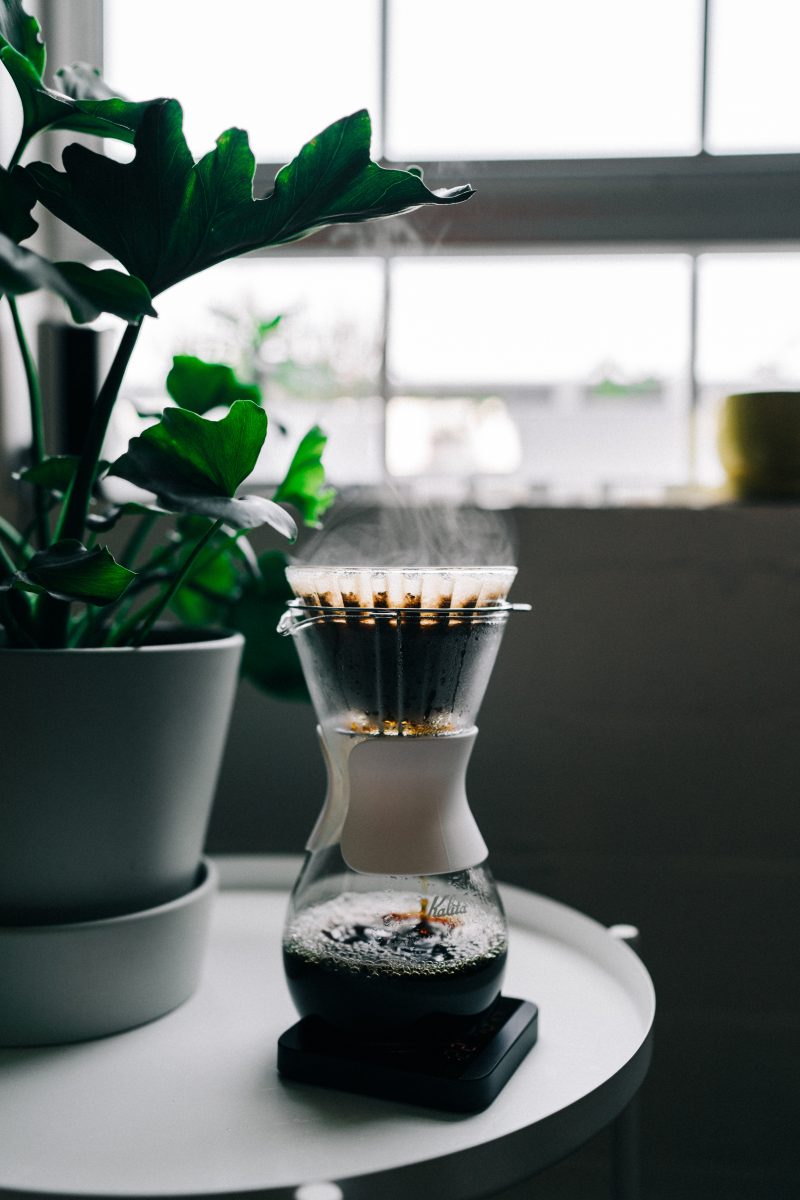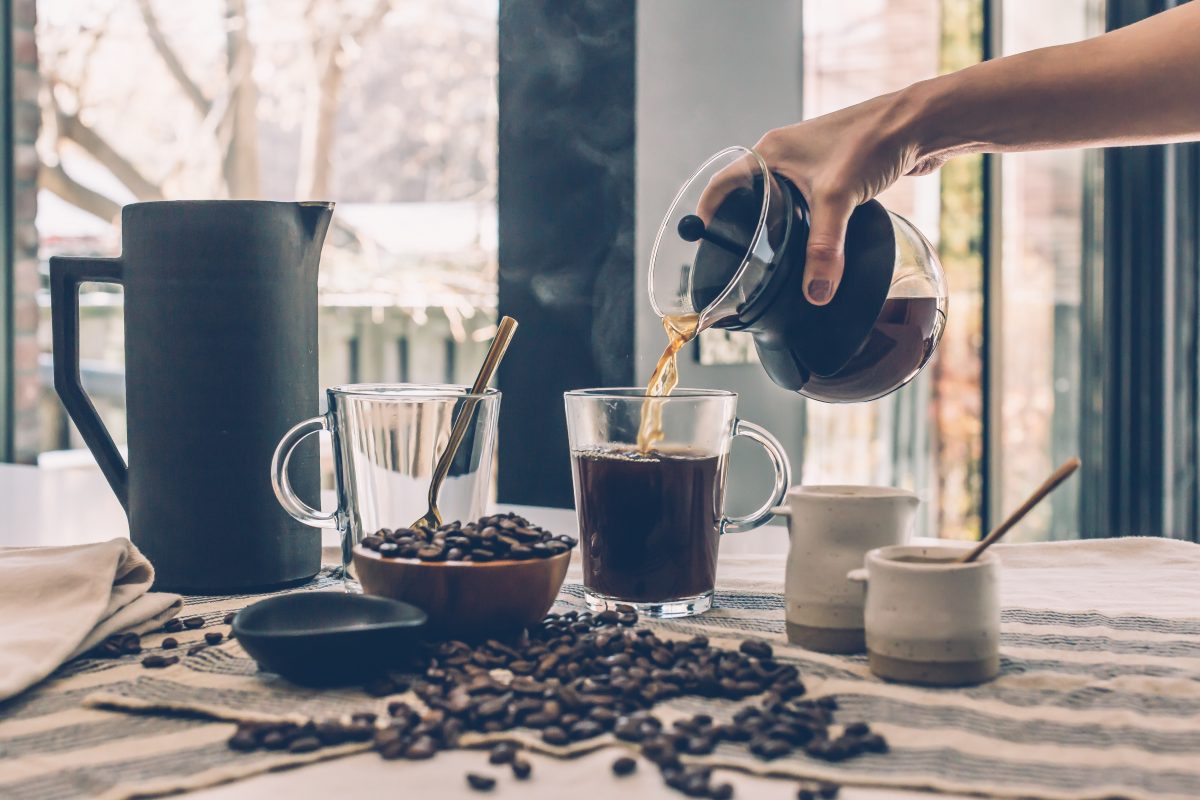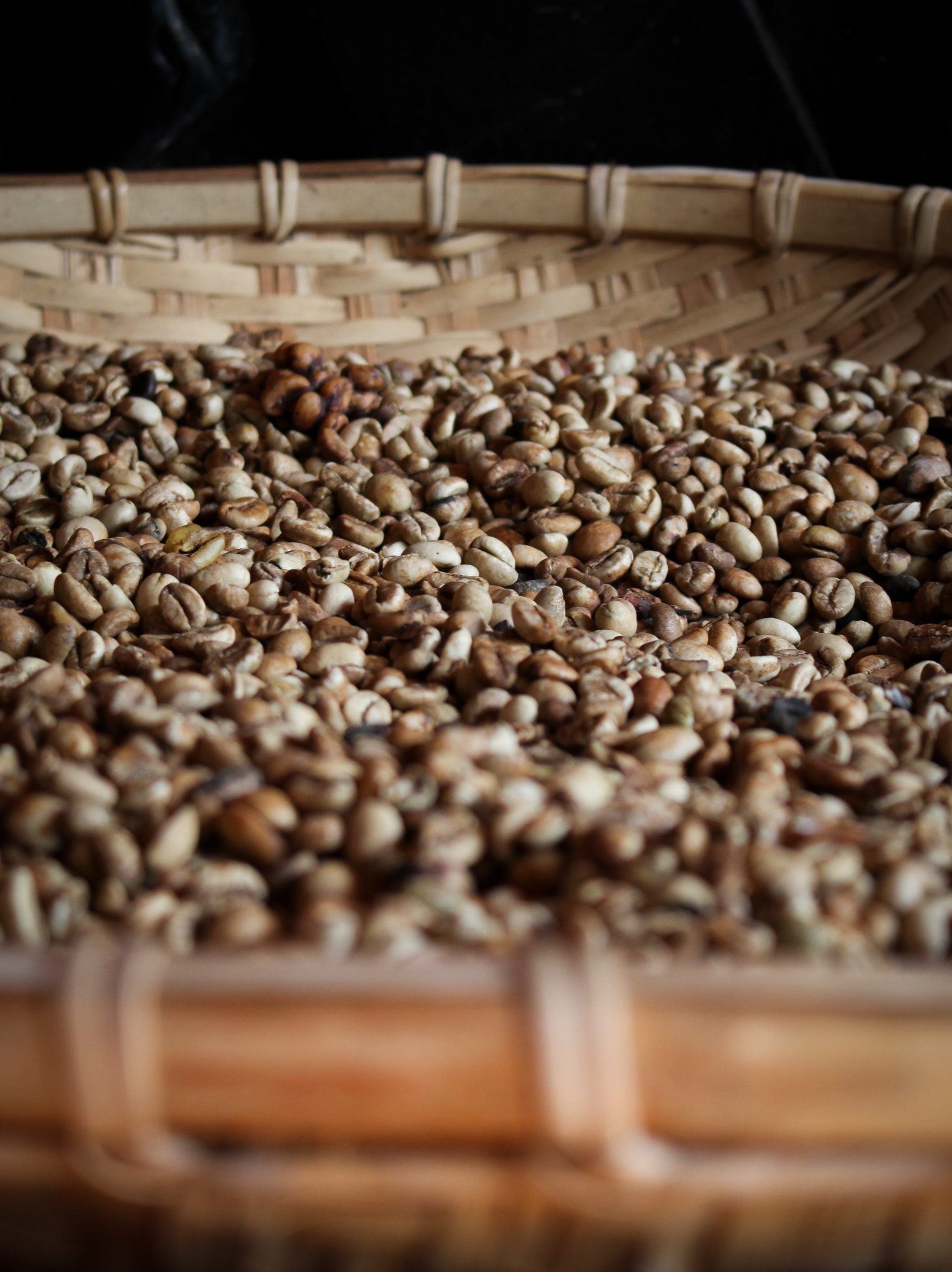Coffee is one of the most beloved beverages in the world, with millions of people starting their day with a warm cup of joe. Despite its popularity, many coffee drinkers are unaware of the intricate process that goes into producing their daily cup. From bean to cup, there are numerous steps and factors that contribute to the final product.
In this article, we will delve deep into the complexities of coffee beans and explore everything you need to know about them. We will examine the different types of coffee beans, their origins and environmental factors that affect their growth, as well as how roasting impacts flavor. We hope to not only increase your knowledge but also appreciation for all the hard work behind every sip of coffee. So sit back with your own favorite brew and let’s explore together!
Types of Coffee Beans
The categorization of coffee beans is determined by various factors, including their origin, flavor profile, and unique characteristics. The two most commonly grown and consumed types of coffee beans are Arabica and Robusta. Arabica beans are known for their complex flavors with notes of chocolate, berries, citrus, and caramel. These beans have a lower caffeine content than Robusta and are more delicate in flavor, making them a popular choice for specialty coffees.
On the other hand, Robusta beans have a stronger taste with earthy or nutty undertones. They contain almost twice the caffeine content compared to Arabica and can add an intense kick to blends when mixed with milder varieties. Specialty varieties such as Geisha or Bourbon also exist in the world of coffee beans. These types often have unique flavors that distinguish them from regular coffees, such as floral notes or hints of tropical fruit. Ultimately, the type of bean used will significantly impact the final product’s taste and aroma – whether it’s a rich espresso shot or a smooth cup of latte.

Coffee Bean Origins and Environmental Factors
The origin of coffee can greatly impact its flavor profile, with factors such as altitude and rainfall affecting the growth and maturation of the plant. The two main species of coffee beans are Arabica and Robusta, each with their own unique set of environmental preferences. Arabica thrives at higher altitudes between 2,000-6,000 feet above sea level with cooler temperatures and consistent rainfall. This results in a slower development process for the fruit and ultimately yields a brighter acidity in the final cup. Alternatively, Robusta grows best at lower elevations below 2,000 feet with warmer temperatures and more erratic rainfall patterns.
Soil composition also plays an important role in coffee bean origin as it affects the plant’s ability to absorb nutrients necessary for proper growth. Volcanic soil is highly prized for coffee production due to its high mineral content which contributes to a richer flavor profile in the harvested beans. Certain regions known for producing specialty coffees have distinct soil compositions that contribute to their unique flavors; for example, Ethiopian Yirgacheffe is grown in acidic soil rich in iron which provides a distinctive berry-like taste while Jamaican Blue Mountain is grown on limestone-rich soil which contributes to its smooth nutty flavor. Overall, understanding how environmental factors influence coffee bean production can aid consumers in selecting beans that align with their desired flavor profiles.
The Roasting Process and Its Effects on Flavor
Roasting coffee involves subjecting green beans to high temperatures that cause chemical reactions resulting in the transformation of flavor compounds and the development of aroma and color. The roasting process is a crucial step in determining the final taste of coffee as it directly affects the acidity, bitterness, sweetness, and body of the beverage. The duration of roasting time is a critical factor that determines how much moisture is lost from the bean during the process. Roast levels are classified based on this characteristic and range from light to dark.
The longer the beans are roasted, the darker they become due to caramelization and pyrolysis reactions. These reactions generate flavor compounds such as diacetyl, which provides a buttery taste, while furfuryl alcohol gives a sweet or nutty flavor. Darker roast levels result in higher bitterness due to an increase in chlorogenic acid breakdown products, which can also cause acidity reduction. However, lighter roast levels preserve more of these acids leading to citrus-like flavors but may be less intense overall than darker roasts. Thus, understanding roast levels plays an important role for both coffee enthusiasts and businesses involved in providing quality beverages for customers.
Appreciating the Work Behind Your Daily Cup of Coffee
Appreciating the effort involved in producing a delectable daily dose of java involves acknowledging the arduous aspects of agriculture and artisanship that are essential to achieve an amenable aroma and agreeable acidity. Coffee farming practices, for instance, require meticulous attention to detail, from carefully selecting the right soil type and altitude to deciding on appropriate irrigation techniques. Farmers must also be equipped with knowledge on how to handle pests and diseases that may threaten their crops. Moreover, fair trade and ethical sourcing practices are integral considerations when it comes to appreciating coffee production. Fair trade ensures that farmers receive reasonable compensation for their labor while ethical sourcing guarantees that beans are produced without exploiting workers or damaging the environment.
Artisans who roast coffee beans play a critical role in transforming raw beans into flavorful brews. The process requires expertise in identifying flavor profiles inherent in different bean varieties and determining optimal roasting times to unlock these flavors fully. Additionally, artisanal roasters aim to preserve as much of the bean’s natural character as possible by using traditional methods such as drum roasting over modern automated processes like air roasting. Most importantly, artisans work tirelessly towards ensuring consistency in every batch they produce so that consumers can enjoy a consistently great-tasting cup of coffee every time they indulge. Appreciating all these aspects behind your daily cup of joe is necessary not only because it helps you understand what goes into making your beverage but also because it promotes sustainable practices that benefit everyone involved in coffee production – from farmers to artisans to end-consumers alike.

Frequently Asked Questions
How does the quality of water affect the taste of coffee?
Water quality impact on coffee brewing techniques is a well-researched topic in the specialty coffee industry. The taste of coffee is influenced by various factors, and water quality is one of the most significant among them. High-quality water ensures that the flavors in coffee are not masked or altered due to impurities in the water. Hard water, with high mineral content, can lead to over-extraction of coffee, resulting in a bitter and unpleasant taste. On the other hand, soft water with low mineral content can lead to under-extraction, resulting in a weak and flat taste. Therefore, it is essential to use filtered or purified water with balanced mineral content for optimal flavor extraction during coffee brewing.
Is it true that dark roast coffee has more caffeine than light roast coffee?
Although it is commonly believed that dark roast coffee contains more caffeine than light roast coffee, this is not entirely true. In fact, the caffeine content of coffee beans remains relatively stable regardless of the roast intensity. However, as the roasting process progresses from light to dark, other compounds within the bean begin to break down and transform, resulting in different flavor profiles and aromas. Darker roasts tend to have a bolder taste with hints of smokiness or bitterness, while lighter roasts typically feature brighter acidity and more complex flavors such as fruit or floral notes. Therefore, when choosing between a light or dark roast for your morning cup of joe, consider your personal preference for flavor rather than caffeine levels alone.
Can coffee beans be stored in the freezer to maintain freshness?
Freezing coffee beans is a common practice among coffee enthusiasts to extend the shelf life of their beans. However, there are pros and cons to this method. Freezing can slow down the oxidation process that leads to stale coffee, but it can also damage the quality of the beans if not done properly. Coffee beans should be stored in an airtight container and placed in the freezer immediately after roasting, as exposure to air decreases freshness. It is recommended to store coffee beans in the freezer for no more than two weeks before using them, as prolonged freezing can lead to freezer burn and affect flavor. Ultimately, freezing coffee beans may help maintain freshness in some cases but it does not increase quality or make up for poor storage practices prior to freezing.
What is the difference between Arabica and Robusta coffee?
Arabica and Robusta coffee are the two most common types of coffee beans in the world. Originating from different regions, they differ in their taste profile and physical characteristics. Arabica is grown at higher altitudes and has a more delicate flavor with fruity or floral notes, while Robusta is grown at lower elevations, has a stronger taste with earthy or nutty undertones, and contains twice as much caffeine as Arabica. These origin differences also affect the way they are harvested and processed. While Arabica is typically hand-picked, Robusta can be machine-harvested due to its hardier nature. In terms of production volume, Arabica accounts for 70% of global coffee consumption while Robusta makes up the remaining 30%. Overall, understanding the differences between these two types of coffee can help individuals make informed decisions about their preferred taste profile when selecting their morning cup of joe.
How do different brewing methods affect the taste of coffee?
Brewing techniques significantly influence the flavor profile of coffee. The choice of brewing method determines the amount of coffee that is extracted from the beans, thus affecting the strength and intensity of flavors in the cup. The French press, for example, produces a more robust and full-bodied cup due to its extended contact time between water and grounds. Conversely, drip coffee typically results in a lighter-bodied brew with fewer nuances as it involves less contact time. Espresso, which utilizes high pressure and finely ground beans, creates a concentrated shot with rich crema and intense flavors. Each brewing technique offers unique advantages and disadvantages that affect taste differently based on individual preferences. Understanding these differences can help individuals choose the right brewing method to achieve their desired flavor profile from their coffee beans.
Conclusion
In conclusion, coffee beans are not just a commodity but an art form. The journey from bean to cup is complex and requires much attention to detail. Each type of coffee bean has unique characteristics that are influenced by environmental factors such as altitude and climate. The roasting process is critical in determining the flavor profile of the final product.
Moreover, every step in the production chain involves hard work and dedication from farmers, roasters, and baristas alike. It is important for consumers to appreciate this effort and recognize that their daily cup of coffee is not just a beverage but a culmination of many hours of labor. So next time you take a sip of your favorite brew, think about all the people who contributed to making it possible – from the farmer who grew the beans to the barista who prepared it with care.


